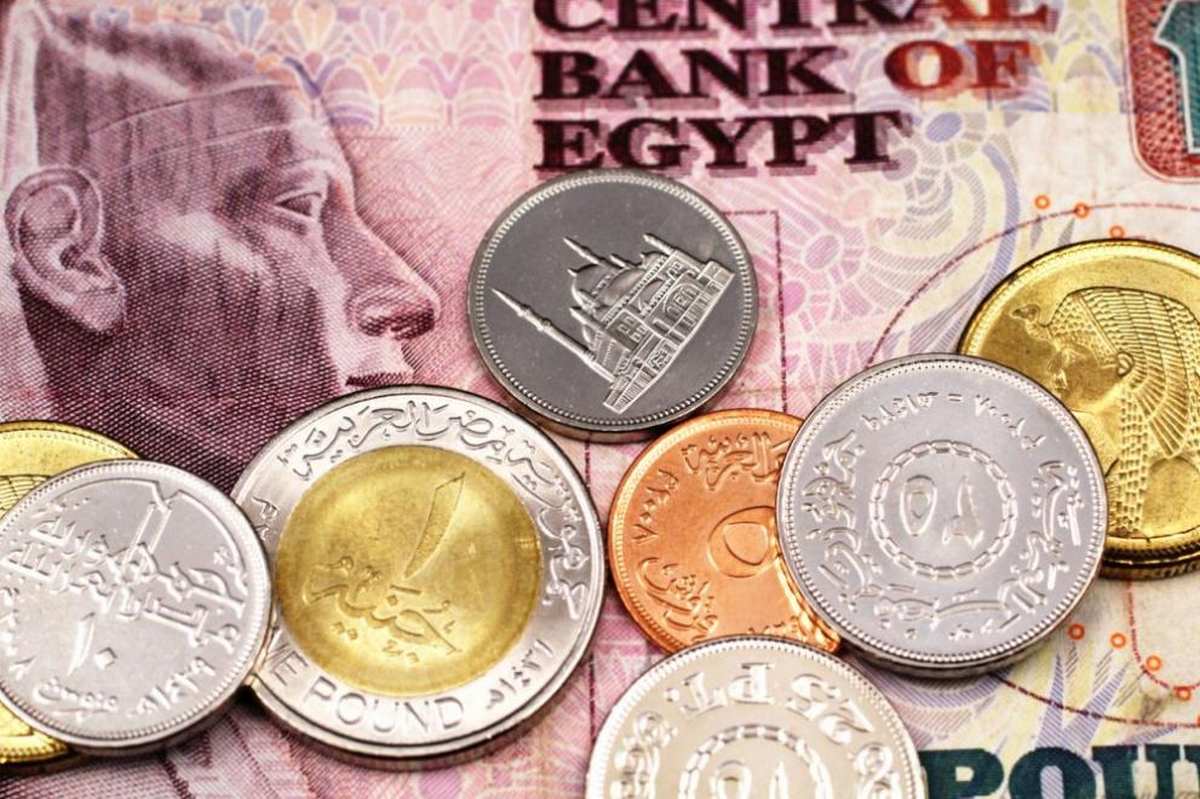According to Al Ahram, the Egyptian authorities have announced that they will put plastic banknotes into circulation in early November. Back in 2019, the country’s Central Bank announced its intention to start printing polymer banknotes in 2020 in a newly built printing house in the new administrative capital. However, the introduction of environmental money was delayed due to the COVID-19 pandemic.
The first denomination will be 10 and 20 Egyptian pounds (1.05 and 2.10 Bulgarian levs, respectively), but the “old” paper banknotes will remain on the market. The move is in line with Egypt’s commitment to comply with the Paris Climate Agreement.

Against the background of the trend towards biodegradable and environmentally friendly products, the word “plastic” caused some surprise, writes the online publication “Streets of Egypt”.
Polymer vapors that are waterproof and have a longer service life than paper are actually considered environmentally friendly. In addition, their production uses less raw materials. According to a study by the Bank of England, plastic banknotes can be recycled and used to make new plastic products. The number of counterfeits is also expected to decrease, as counterfeiting these banknotes is a more difficult task.
Plastic banknotes were first produced in Australia in 1988. They are currently in circulation in more than thirty countries, including Romania, Chile, Canada, Nigeria, Vietnam, New Zealand and others.
Source: BTA

